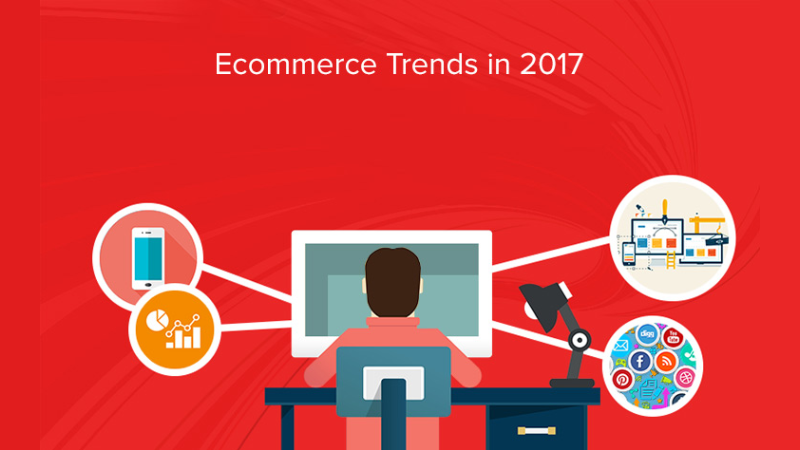The Beauty industry has been riding the waves of exponential growth in the e-commerce space, presenting both exciting opportunities and formidable challenges for brands. To navigate this competitive landscape successfully, beauty and personal care brands must adopt best practices that align with changing consumer preferences and harness the power of digital innovation. In this article, we will explore key strategies and insights that will empower beauty brands to thrive in the dynamic world of E-commerce.
-
Embrace the Power of Personalization:
In a world where consumers seek meaningful connections, personalization becomes the cornerstone of success. By leveraging data-driven insights, beauty brands cancurate personalized experiences, tailoring product recommendations, offers, and content to suit individual preferences. Crafting personalized product bundles and targeted recommendations not only enhances customer satisfaction but also drives higher conversion rates and fosters lasting brand loyalty.
- Influencer Marketing:
Authenticity and relatability are the hallmarks of successful influencer marketing. Collaborating with influencers who resonate with your brand values can amplify your reach, build credibility, and instill trust in potential customers. Harnessing user-generated content from influencers and satisfied customers further elevates brand engagement, fuelling organic growth and driving sales.
- Unlocking Mobile Potential:
Mobile devices have become an indispensable part of consumers lives, and beauty brands must optimize their Ecommerce stores to cater to this growing mobile audience. Ensuring seamless browsing and checkout experiences on mobile platforms is paramount to reduce bounce rates and maximize conversion rates. Site speed and user-friendliness on mobile devices are decisive factors in shaping customers’ perception of your brand.
- Immersive Experiences with AR & VR:
Augmented Reality (AR) and Virtual Reality (VR) technologies hold tremendous potential in the Beauty industry, offering customers the ability to virtually try on products and explore different styles. Integrating AR and VR try-on filters enhances customer experiences, reducing product returns and bolstering sales through elevated interactivity and engagement.
- Nurture Loyalty for Lasting Impact:
Loyalty programs provide an effective means to foster customer retention and cultivate brand advocates. By implementing tiered loyalty programs, brands can reward customer loyalty, offering exclusive benefits, early product access, and personalized rewards. A strong brand community emerges, underpinned by a sense of belonging, propelling word-of-mouth marketing and sustainable growth.
- Aligning with Sustainability and Ethical Values:
The modern consumer consciously seeks products from brands that align with their ethical and sustainable values. Beauty brands can showcase their commitment to sustainability, eco-friendly packaging, cruelty-free certifications, and responsible sourcing. A socially responsible approach resonates with environmentally conscious consumers, fueling brand loyalty and advocacy.
- Cultivate Engaging Brand Communities:
Creating an interactive and inclusive brand community further solidifies the bond with customers. Facilitating online forums, social media groups, and interactive content encourages customers to share experiences and engage with like-minded individuals. This sense of community fosters lasting brand loyalty and propels word-of-mouth marketing.
- Streamlining Operations with Ecommerce Automation:
To optimize efficiency and enhance customer experiences, backend automation becomes essential. Leveraging Shopify’s automation features empowers brands to set up automated email marketing flows, personalized product recommendations, and abandoned cart recovery emails. Automation streamlines operations, empowering beauty brands to focus on innovation and creativity.
In the dynamic landscape of Ecommerce, beauty and personal care brands have boundless opportunities to shine. By adopting best practices and embracing digital innovation, brands can carve a distinct identity, forge meaningful connections with customers, and propel growth. Embracing personalization, influencer marketing, mobile optimization, AR/VR experiences, loyalty programs, ethical values, community building, and backend automation will be the guiding lights on this transformative journey towards ecommerce excellence.




























